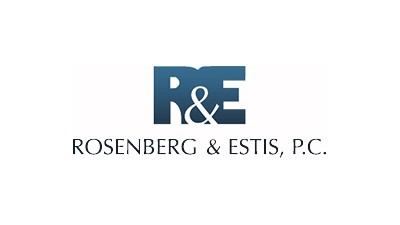Why Developers Need To Carefully Review Their Construction Team's Insurance Policies

The rising number of accidents on New York City construction sites has done more than prompt tighter regulations from city officials. Developers are re-examining their insurance paperwork to assess liability. In the most expensive construction market in the world, on-site accidents can empty a project’s coffers.
The renewed focus on vetting policies has revealed a gap in understanding about what is covered under a general contractor’s insurance.
“This problem ranges from small projects to large projects,” Rosenberg & Estis of counsel Mark I. Zelko said. “Developers need to carefully examine their contractor's policies with all endorsements and exclusions prior to the execution of contracts to ensure that proper coverage exists for the particular project."
Zelko, who practices construction law, has seen too many times in the course of litigation scenarios where property owners have accepted a certificate of insurance as proof of coverage without requesting or reviewing the contractor's policy. But the certificates are for information purposes only, are not legal contracts and do not list any exclusions.
While the document has no legal standing, owners and developers are still in the habit of collecting certificates and placing them in the project file without conducting due diligence on the full policy.
“Too many owners and property managers make the mistake of accepting a certificate of insurance and never asking for the policy or reviewing it until there is an accident and the insurer has denied coverage," Zelko said. "If you are building a 40-story project, the time to discover that your contractor’s policy excludes coverage for all projects above three stories is before the contracts are signed, not when a liability claim is asserted against you and you are named as a defendant in a litigation."
The need for proper risk management of insurance is critical given the significant liability owners face under New York state's Scaffold Law. Created in 1885 to protect construction workers from elevation-related injuries, the law establishes absolute liability for contractors or property owners. The law excludes any contributing faults of an injured worker, like a lack of proper safety equipment, gross negligence or even inebriation.

The Scaffold Law adds to New York’s already high construction costs. It costs taxpayers $785M annually and the private sector an estimated $1.5B annually. The strict liability statute has pushed insurance premiums higher, and fewer insurance companies are writing policies in this market, Zelko said.
The high price tag for insurance creates a situation where contractors and subcontractors may ask their insurance brokers for the least expensive policy without reviewing it carefully, and in some cases, without knowing that their policies fail to provide coverage for specific projects, Zelko said. Owners need to carefully review the policies of their contractors to ensure that coverage will be there, especially in the event of catastrophic liability.
Developers are not the only ones who should be concerned about contractors' policies. For construction sites with adjoining neighbors, adjacent property owners should review the insurance policy of the developer and its general contractor as part of their access agreement protocol before work begins. In the event of any damage to the adjacent property caused by the project, the adjacent property owner needs to know that coverage will be available to pay for remediation costs, Zelko said.
The increased costs from liability claims under the Scaffold Law are fueling pressure to reform the Scaffold Law and review New York’s skyrocketing premiums. Meanwhile, developers can reduce costs by looking beyond their certificates of insurance and completing an in-depth review of their full policies with attorneys and risk managers.
"From a risk management perspective, it is critical for a developer or property manager to obtain and review the insurance policies of their construction team,” Zelko said. “Unfortunately, I think it is still prevalent that an owner, developer or manager will review the certificate of insurance, put it in the file and only request or review the policy months or years later when a claim is made or coverage is denied."
To learn more about this Bisnow content partner, click here.

